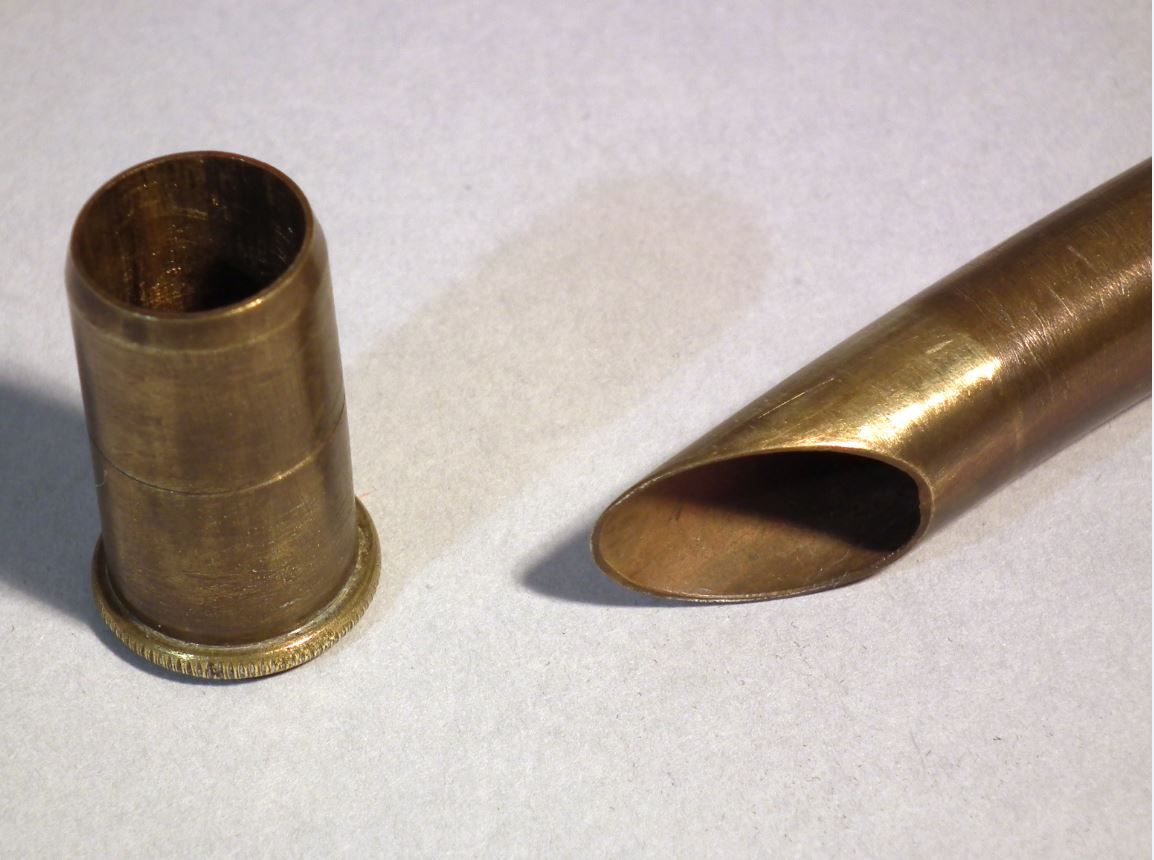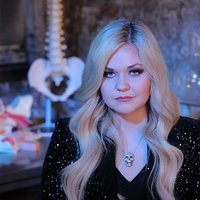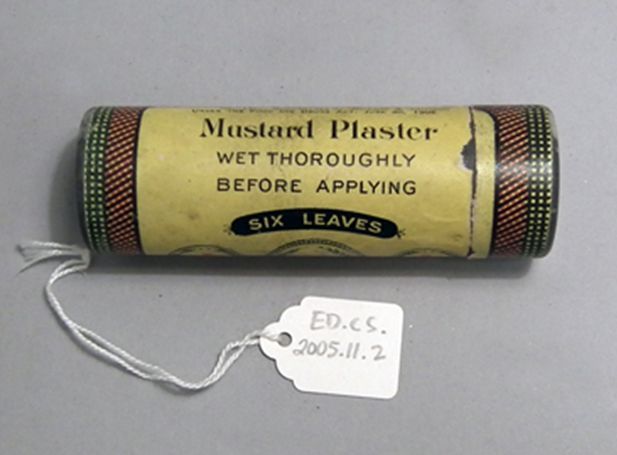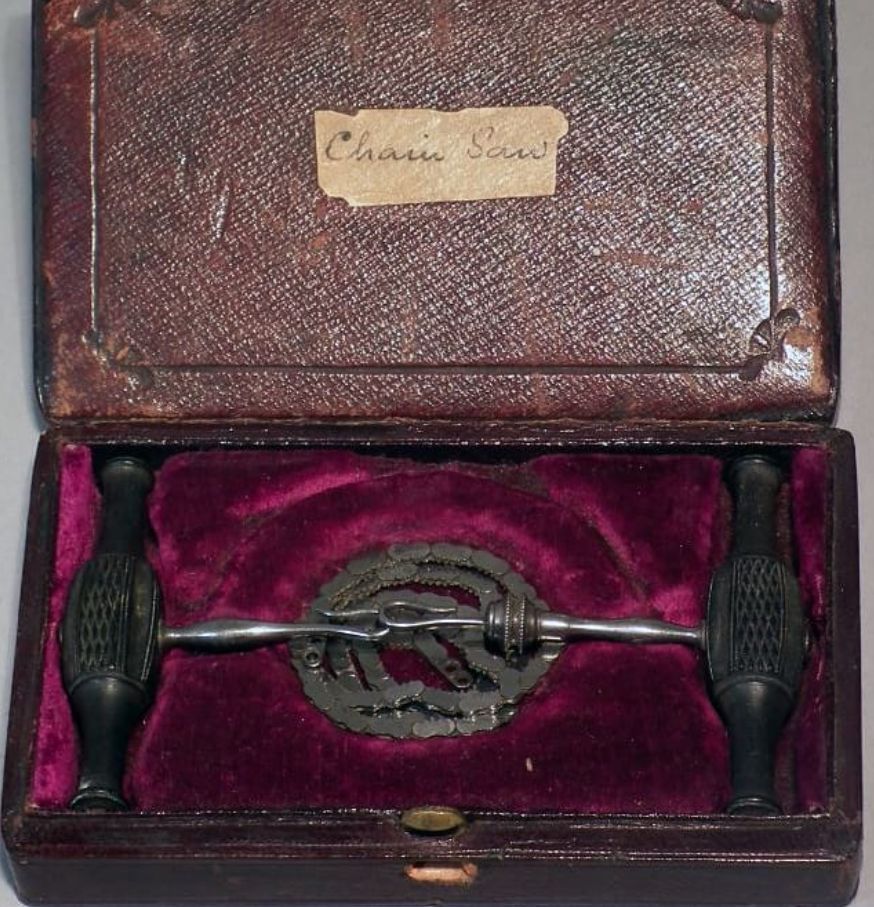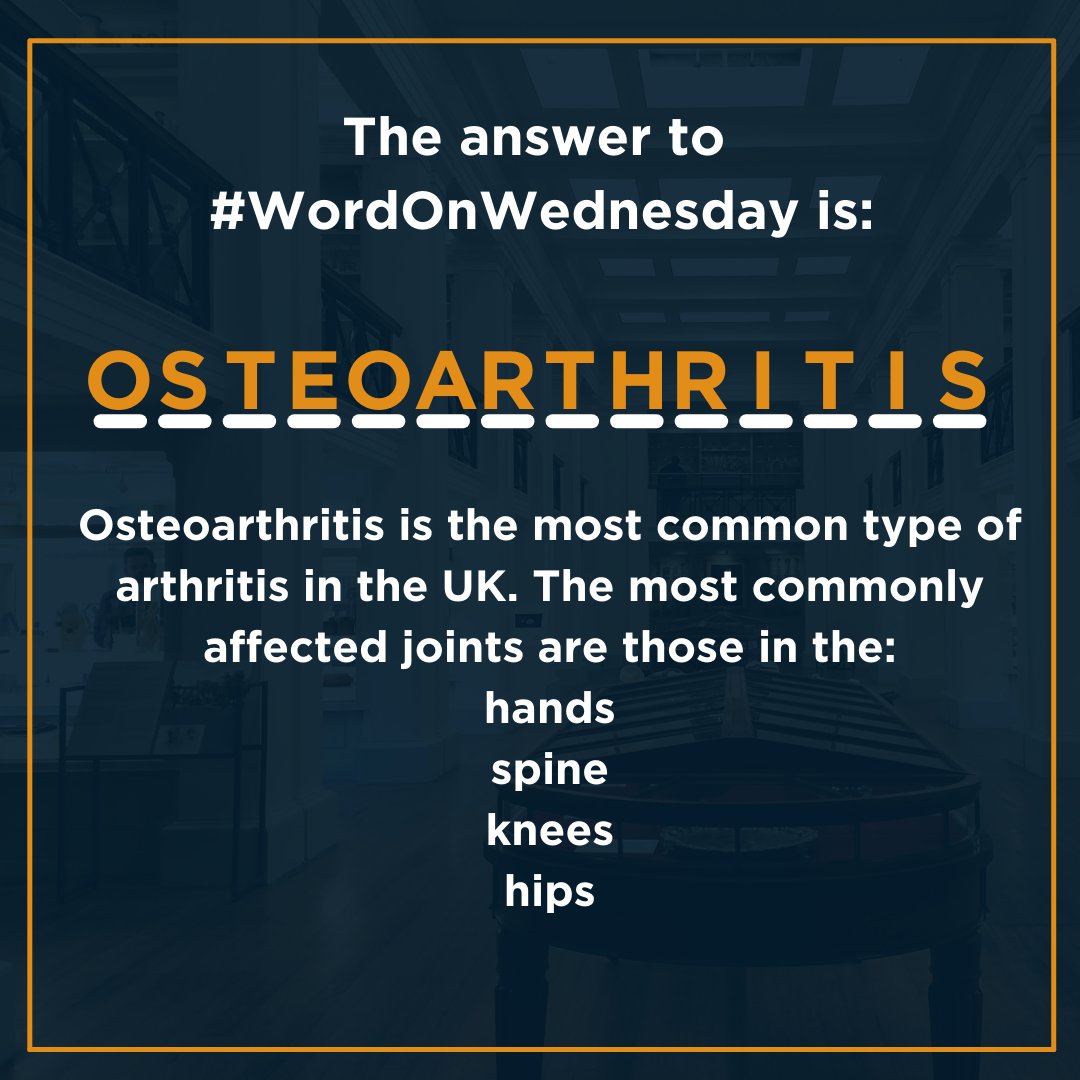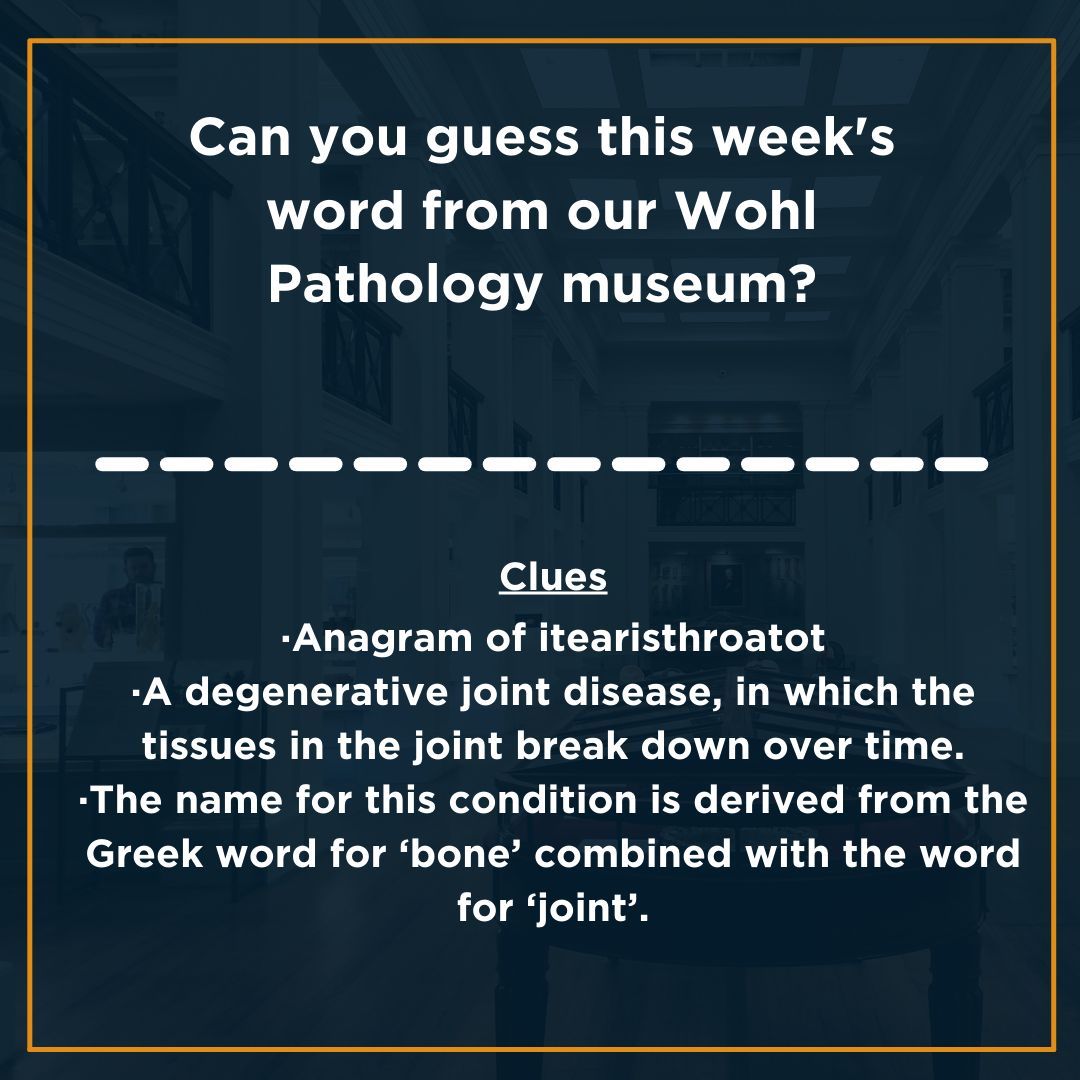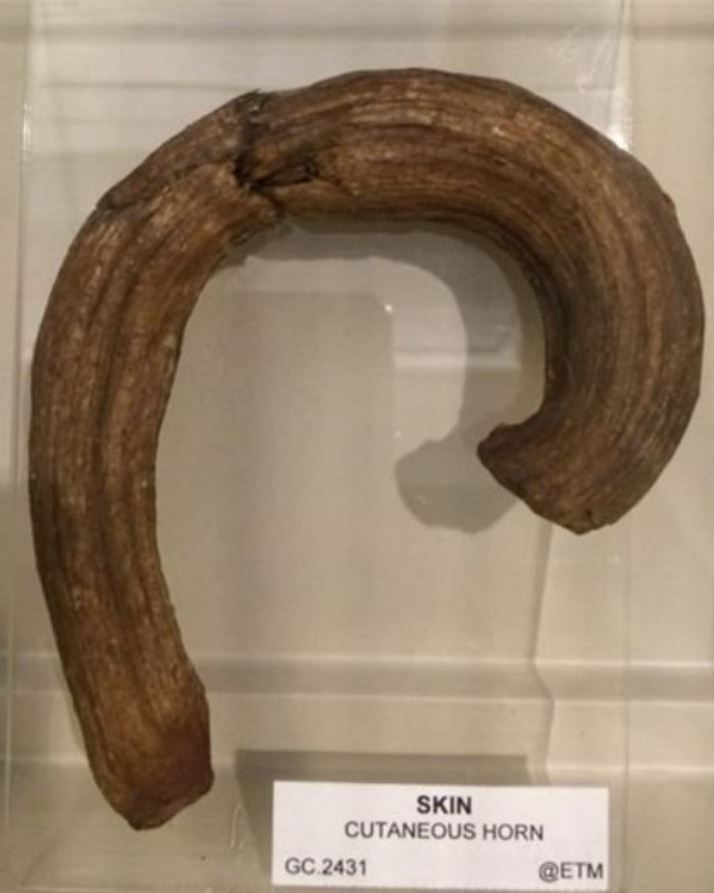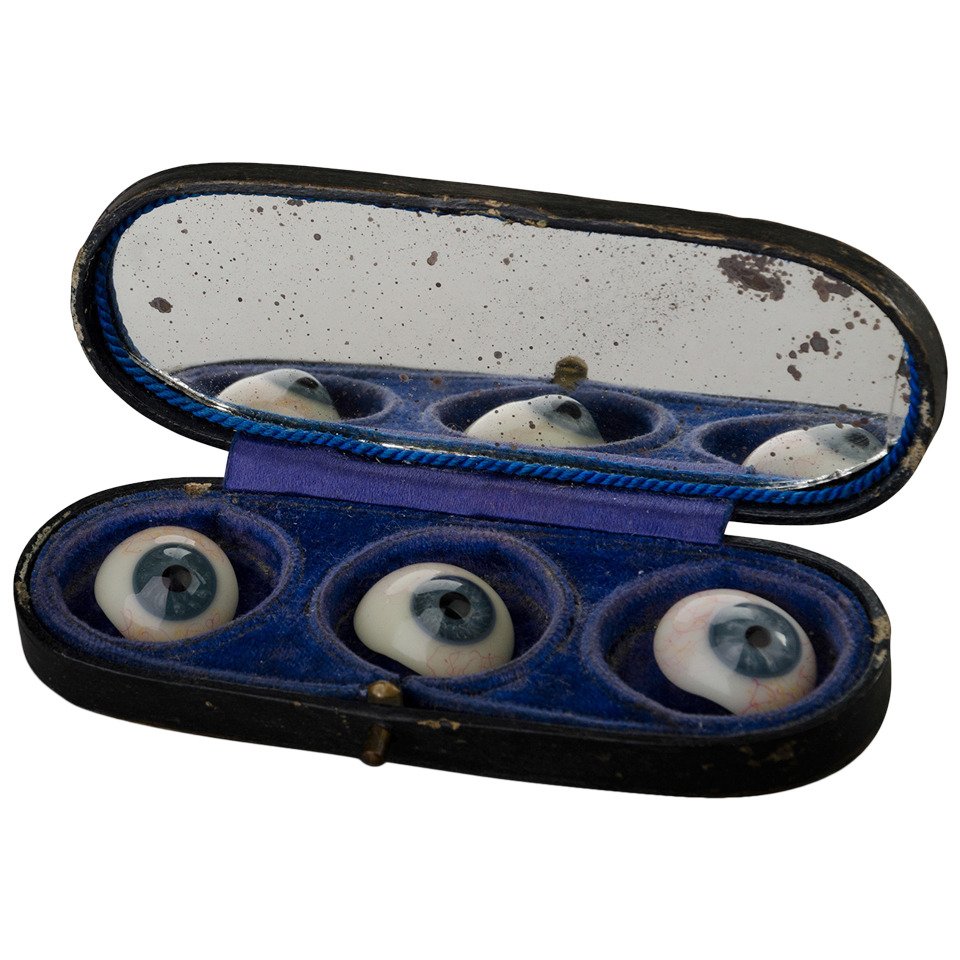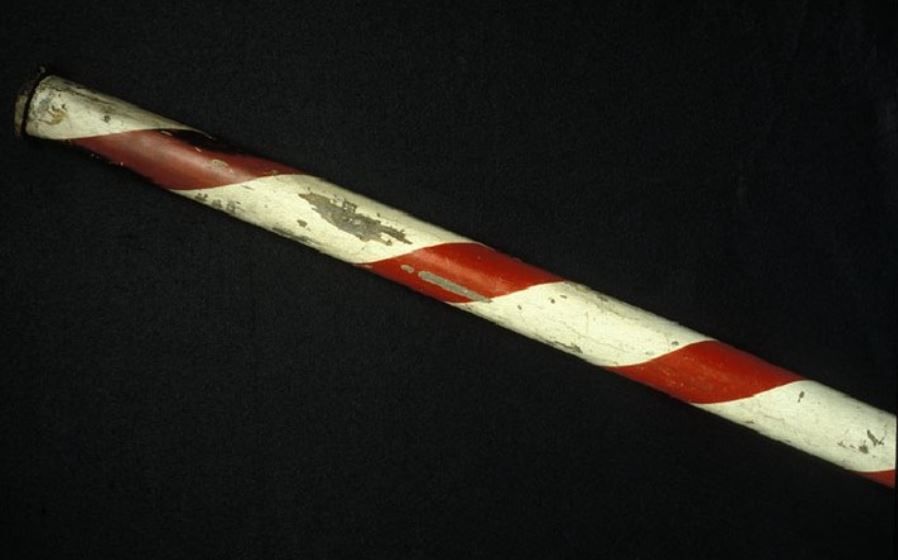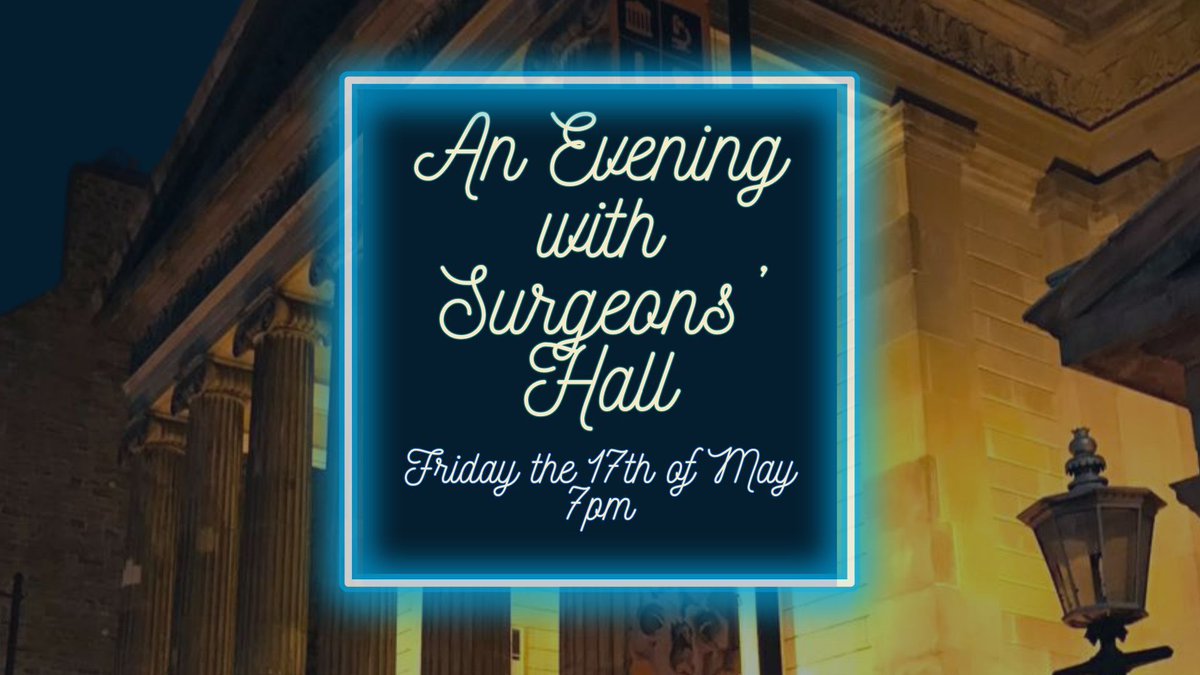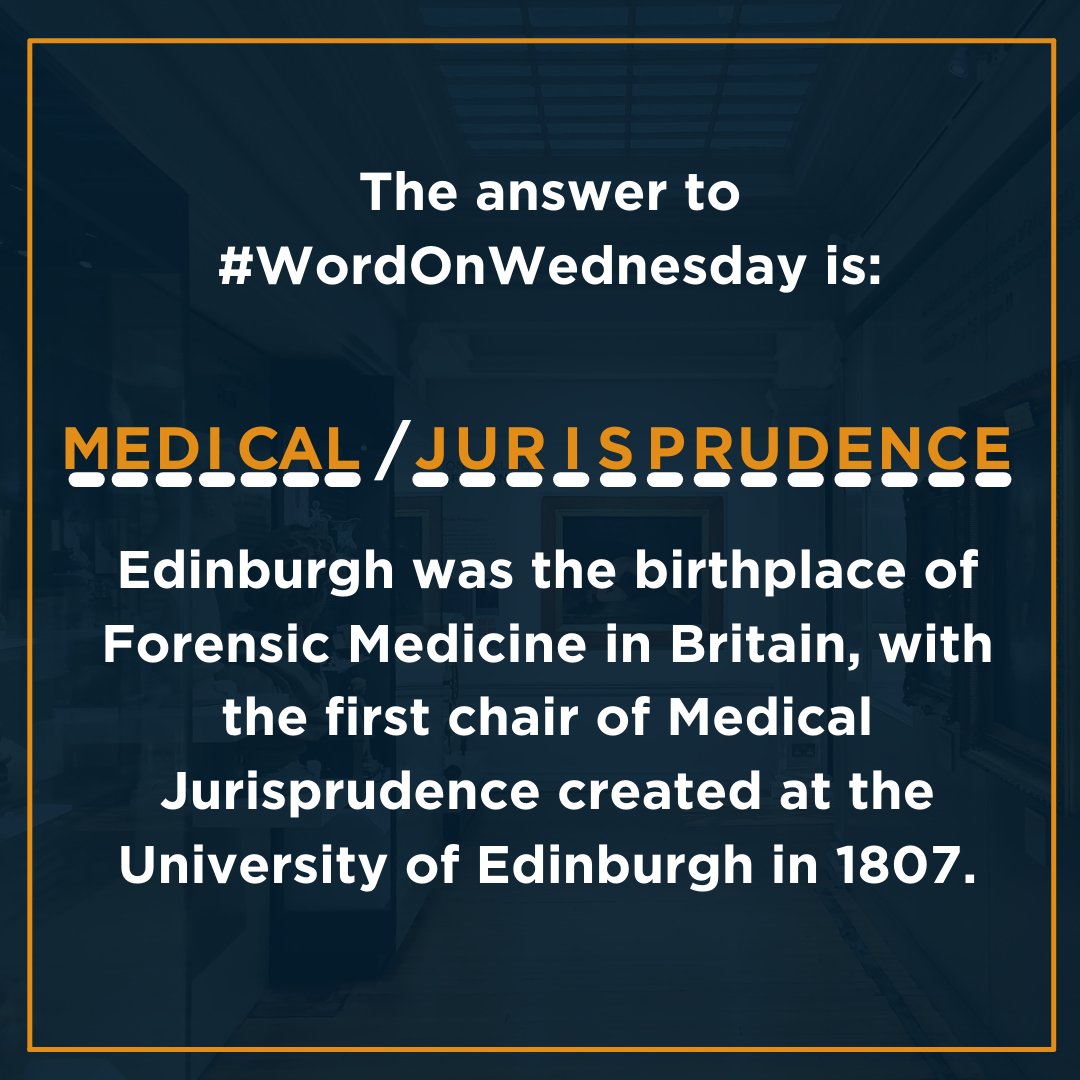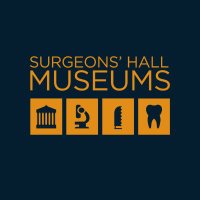
Surgeons' Hall Museums
@surgeonshall
Home to the largest & most historic collection of surgical pathology in the world.
Open 10am-5pm, 7 days a week.
For Library and Archive follow @RCSEDArchive
ID:138428447
http://museum.rcsed.ac.uk/ 29-04-2010 14:26:57
20,5K Tweets
28,1K Followers
1,9K Following

It's the final #WordOnWedensday for May!
This week we are looking for a word you would find in our History of Surgery Gallery.
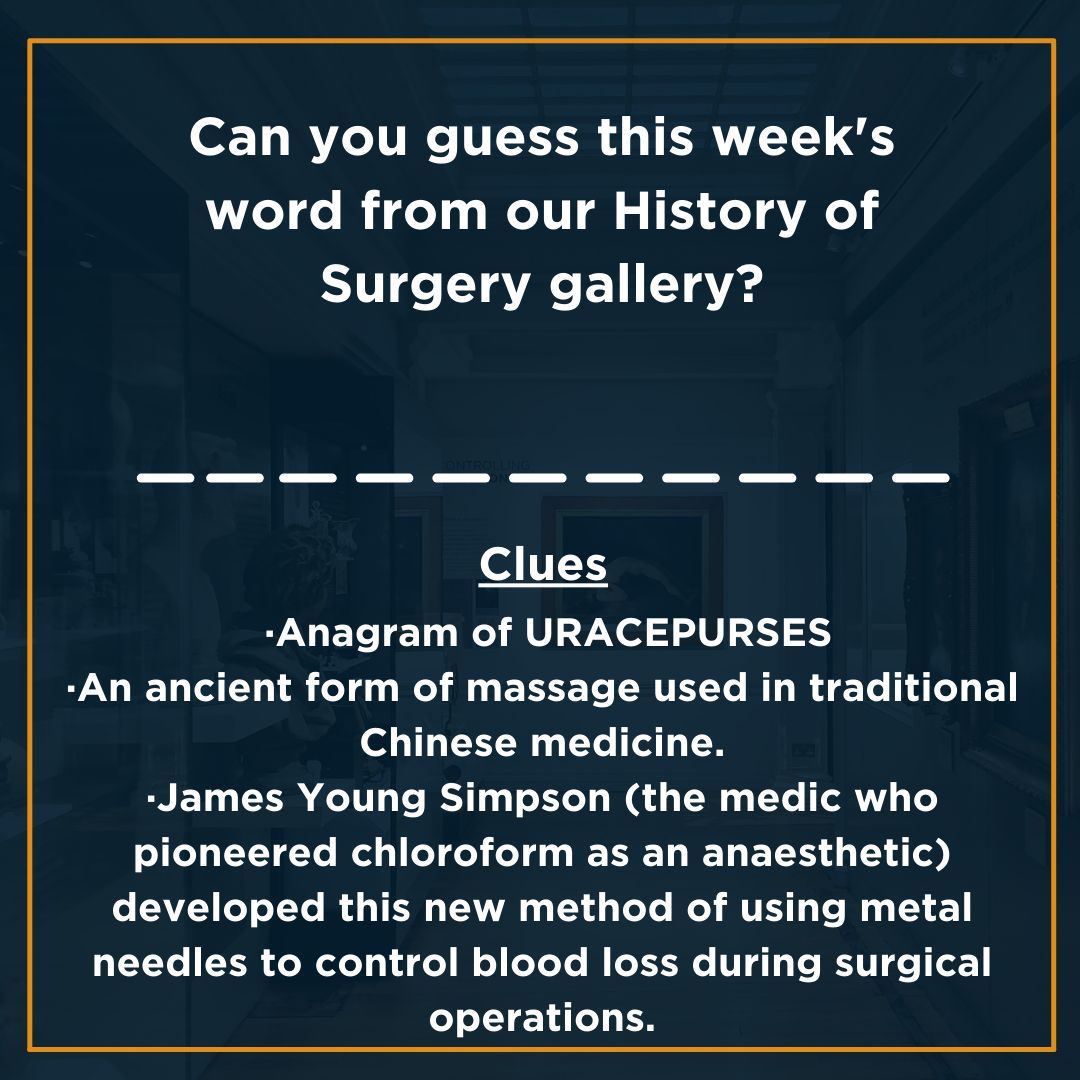

It's time for the final #TriviaTuesday of May!
This week we have this instrument from the late 19th century. It is 16 cm in length. Any ideas what it was used for?
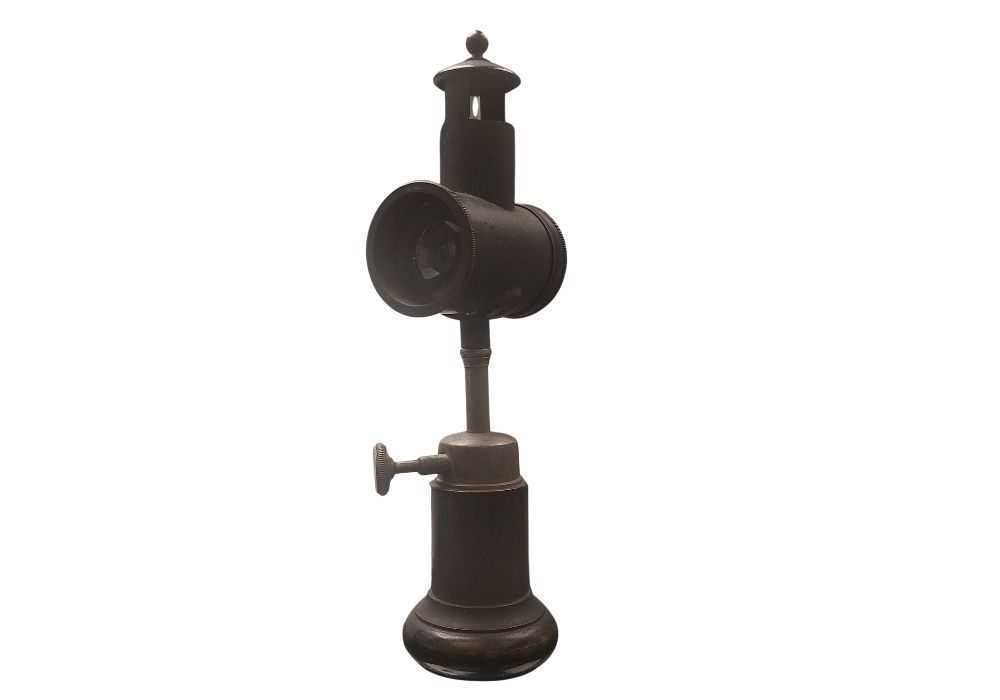

P5/6 had a wonderful morning travelling to Edinburgh with Scotrail to visit the Surgeons' Hall Museums Museum. They loved seeing all the specimens, getting to handle surgical equipment from the past & especially loved the demonstration of a historic amputation! #creativelearning





Join us for our Blood and Guts walking tour!
Hear tales of old Edinburgh, disease, dissection and curious methods of treatment.
Tours run every Saturday and Sunday at 2pm. For full info visit: bit.ly/4aM5c25
#Edinburgh
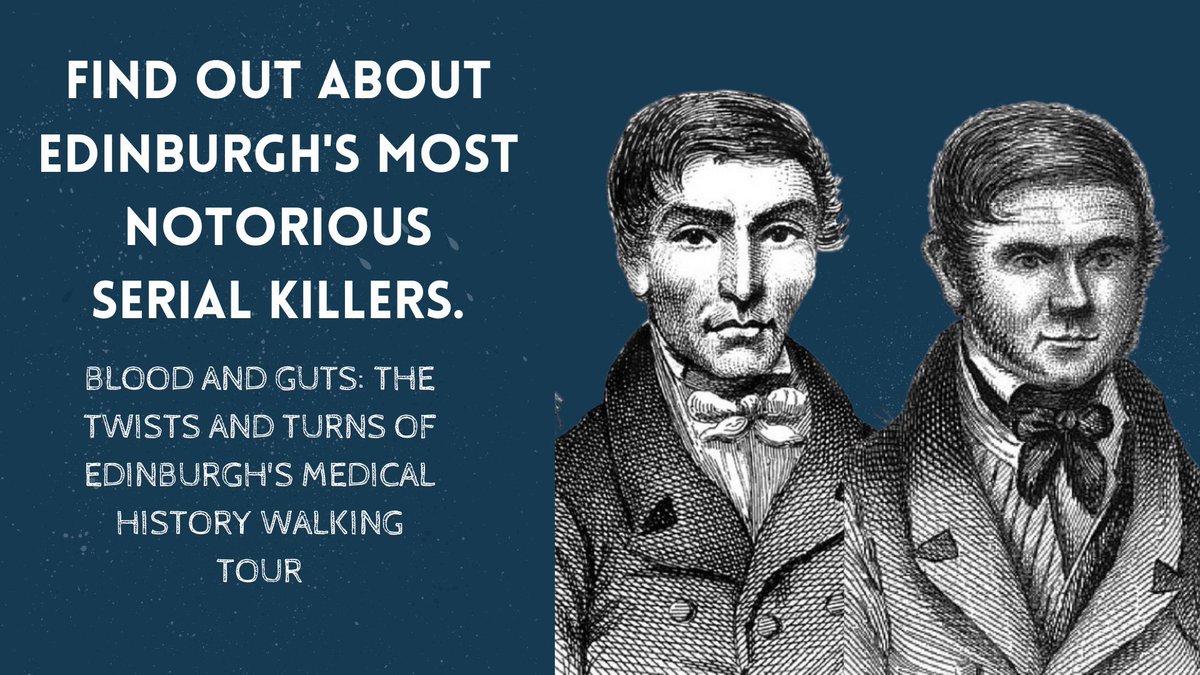
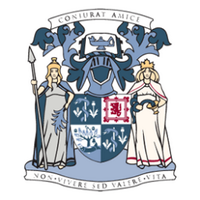
William Hunter, obstetrician, anatomist and Honorary Fellow of Royal College of Physicians & Surgeons of Glasgow was born #OTD 1718 at Long Calderwood Farm in East Kilbride. Hunter became a leading educator in the field of anatomy - his most famous work The Gravid Uterus was published in 1744
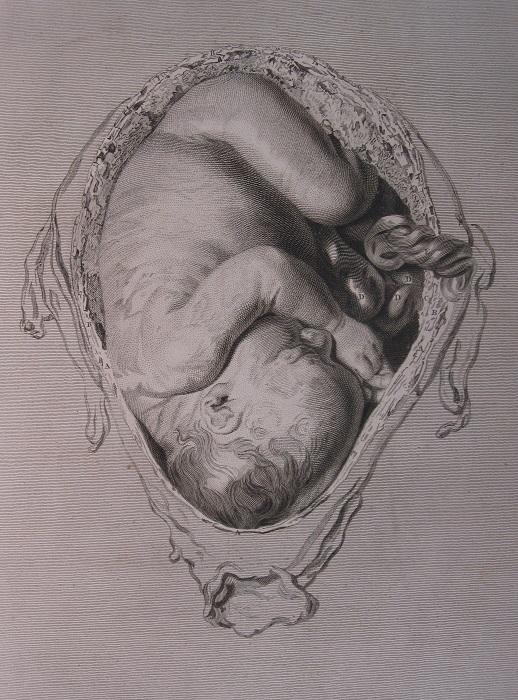




Happy #InternationalTeaDay ! 🫖
Here's a wonderful photo of a tea party held on board the French hospital Ship, the Sphinx, as a thank you for nurses from the Scottish Women's Hospitals. #WW1 #HistNursing
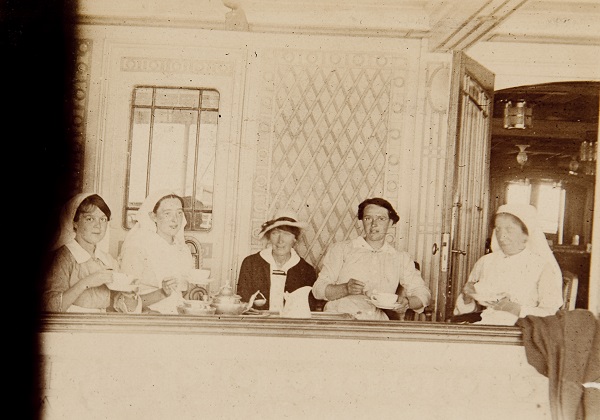

It's time for another #triviatuesday ! This week we have this instrument that dates from around 1700. It is 15 cm in total length. Any ideas what it is?
